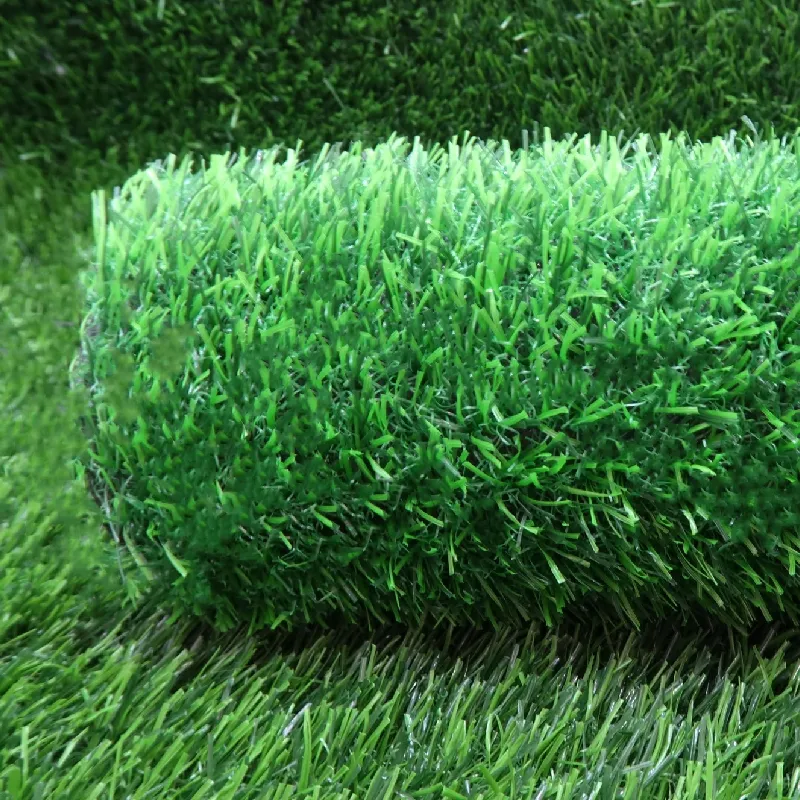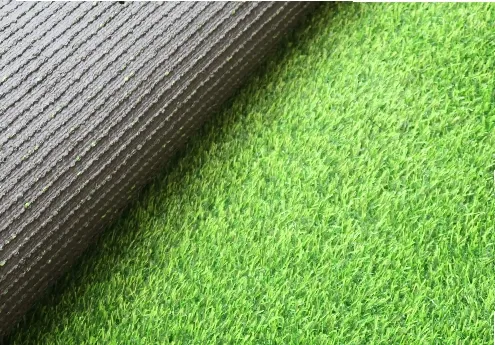Welcome to Hoyarn
Call Us Any Time:+86 19801805999
Email Us: info@hoyarn.cn

- Afrikaans
- Arabic
- Belarusian
- Bengali
- Czech
- Danish
- Dutch
- English
- Esperanto
- Estonian
- Finnish
- French
- German
- Greek
- Hindi
- Hungarian
- Icelandic
- Indonesian
- irish
- Italian
- Japanese
- kazakh
- Rwandese
- Korean
- Kyrgyz
- Lao
- Latin
- Latvian
- Malay
- Mongolian
- Myanmar
- Norwegian
- Persian
- Polish
- Portuguese
- Romanian
- Russian
- Serbian
- Spanish
- Swedish
- Tagalog
- Tajik
- Thai
- Turkish
- Turkmen
- Ukrainian
- Urdu
- Uighur
- Uzbek
- Vietnamese
artificial grass for playgrounds
Feb . 13, 2025 12:45 Back to list
artificial grass for playgrounds
Artificial Grass and Rabbits A Comprehensive Guide
Sanitation and maintenance are vital aspects. Rabbits produce droppings frequently, and these must be removed to ensure a clean environment. Artificial grass offers excellent drainage, so liquids pass through quickly and don't pose a lingering issue. Routine surface cleaning using water and mild, pet-safe cleaners will help maintain hygiene without compromising the grass's lifespan. Furthermore, engage with local rabbit communities or forums to understand how others navigate the challenges posed by combining rabbits and artificial grass. Owners sharing firsthand experiences provide valuable insights into best practices, durable products, and reliable maintenance routines. Such peer strategies reinforce one's approach to integrating artificial grass into rabbit-friendly environments. Considering environmental factors is also critical. Artificial grass can heat up significantly under direct sunlight, posing a risk to rabbits who might suffer heat stress. Selecting a product designed with heat reflection properties can mitigate this, making it more comfortable for rabbits to lounge. Offering shaded areas also ensures rabbits have a refuge from extreme temperatures. Beyond the immediate rabbit-friendly aspects, there are long-term benefits to consider. The longevity of artificial grass, which can range from 10 to 20 years depending on usage and exposure, means less frequent replacement compared to natural grass. This durability, paired with reduced water needs and elmination of chemical fertilizers or pesticides, makes artificial turf an environmentally conscious choice when balanced with conservation of water resources and biodiversity. Ultimately, making an informed decision about artificial grass when owning rabbits involves balancing aesthetic desires with animal welfare considerations. Engaging with credible sources, seeking expert consultations, and thoroughly researching available products ensures that the chosen option effectively meets both decorative and functional objectives. In conclusion, integrating artificial grass into environments shared with rabbits is achievable with careful planning and product selection. Prioritizing safety, functionality, and comfort leads to an outdoor space that satisfies both human and rabbit inhabitants. Armed with a deeper understanding of these dynamics, rabbit owners can enjoy the benefits of artificial grass without compromising their furry companions' health or happiness.


Sanitation and maintenance are vital aspects. Rabbits produce droppings frequently, and these must be removed to ensure a clean environment. Artificial grass offers excellent drainage, so liquids pass through quickly and don't pose a lingering issue. Routine surface cleaning using water and mild, pet-safe cleaners will help maintain hygiene without compromising the grass's lifespan. Furthermore, engage with local rabbit communities or forums to understand how others navigate the challenges posed by combining rabbits and artificial grass. Owners sharing firsthand experiences provide valuable insights into best practices, durable products, and reliable maintenance routines. Such peer strategies reinforce one's approach to integrating artificial grass into rabbit-friendly environments. Considering environmental factors is also critical. Artificial grass can heat up significantly under direct sunlight, posing a risk to rabbits who might suffer heat stress. Selecting a product designed with heat reflection properties can mitigate this, making it more comfortable for rabbits to lounge. Offering shaded areas also ensures rabbits have a refuge from extreme temperatures. Beyond the immediate rabbit-friendly aspects, there are long-term benefits to consider. The longevity of artificial grass, which can range from 10 to 20 years depending on usage and exposure, means less frequent replacement compared to natural grass. This durability, paired with reduced water needs and elmination of chemical fertilizers or pesticides, makes artificial turf an environmentally conscious choice when balanced with conservation of water resources and biodiversity. Ultimately, making an informed decision about artificial grass when owning rabbits involves balancing aesthetic desires with animal welfare considerations. Engaging with credible sources, seeking expert consultations, and thoroughly researching available products ensures that the chosen option effectively meets both decorative and functional objectives. In conclusion, integrating artificial grass into environments shared with rabbits is achievable with careful planning and product selection. Prioritizing safety, functionality, and comfort leads to an outdoor space that satisfies both human and rabbit inhabitants. Armed with a deeper understanding of these dynamics, rabbit owners can enjoy the benefits of artificial grass without compromising their furry companions' health or happiness.
Latest news
-
The Benefits of Artificial Turf for Indoors
NewsJul.15,2025
-
How Artificial Grass Suppliers Ensure Quality Products
NewsJul.15,2025
-
Artificial Grass and Pets: A Space for Relaxation
NewsJul.08,2025
-
Balcony & Outdoor Decoration with Artificial Grass
NewsJul.08,2025
-
Best Indoor Artificial Grass for Home
NewsJul.07,2025
-
Best Pet Turf for Dogs: Safe & Durable Artificial Grass Options
NewsJul.07,2025
Products categories









